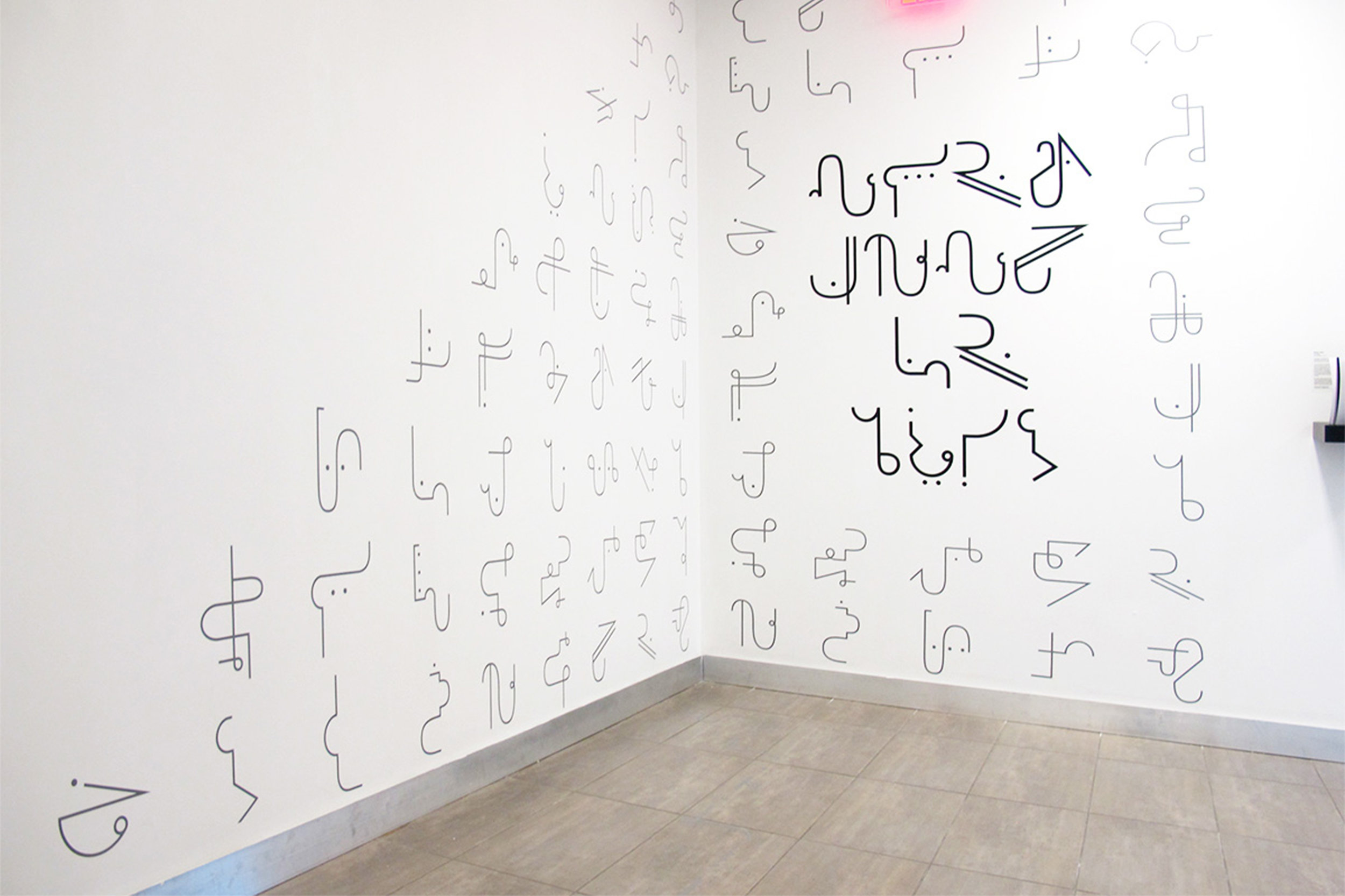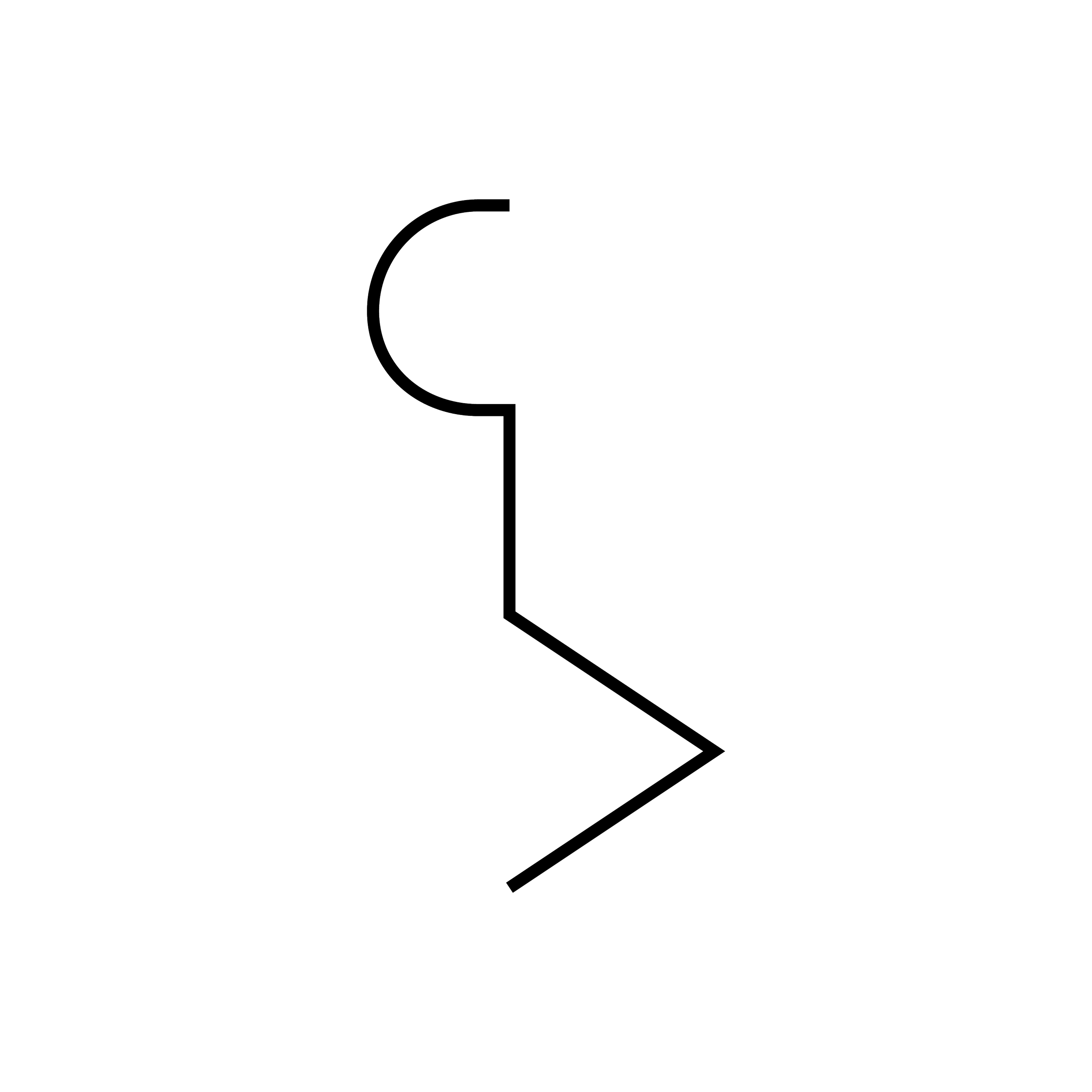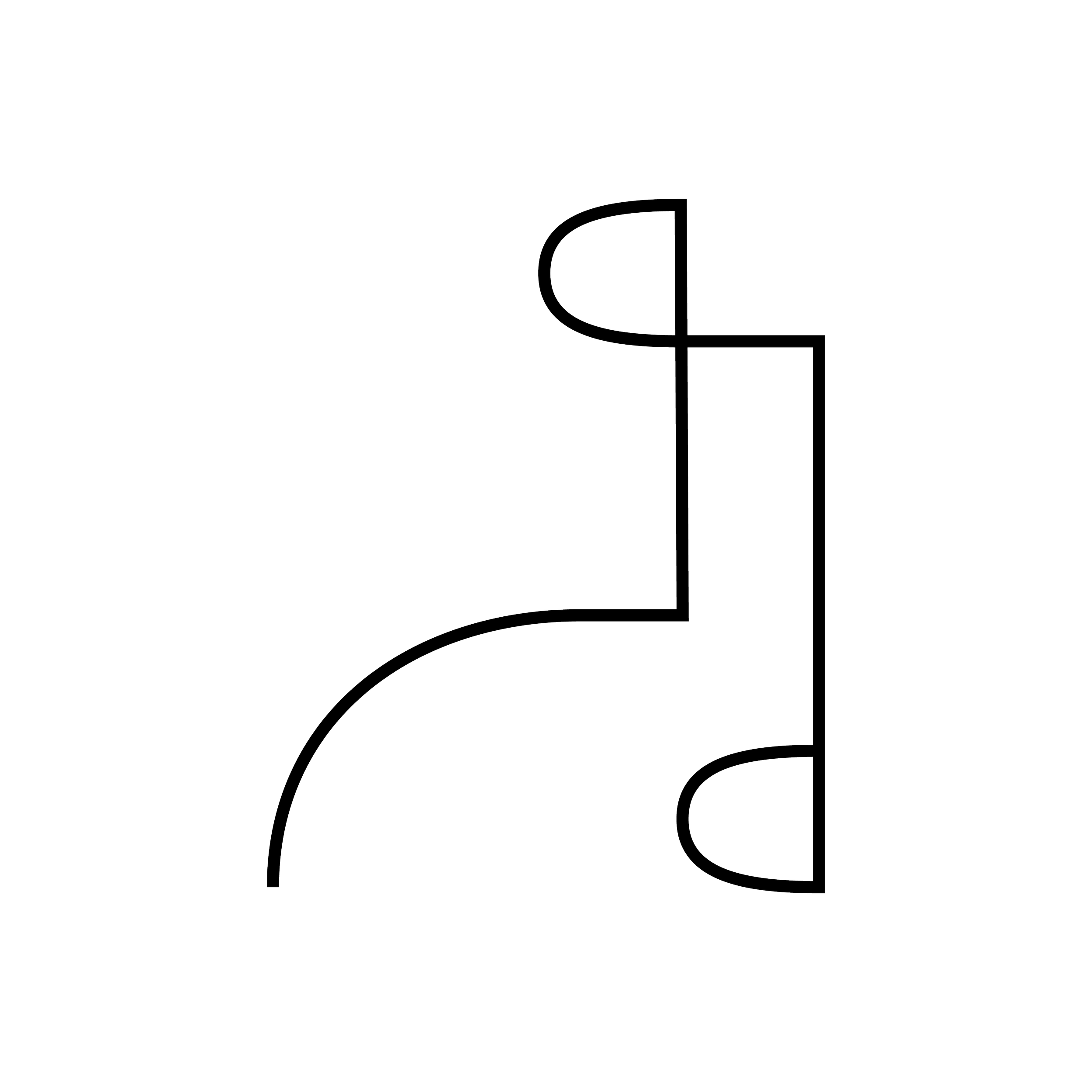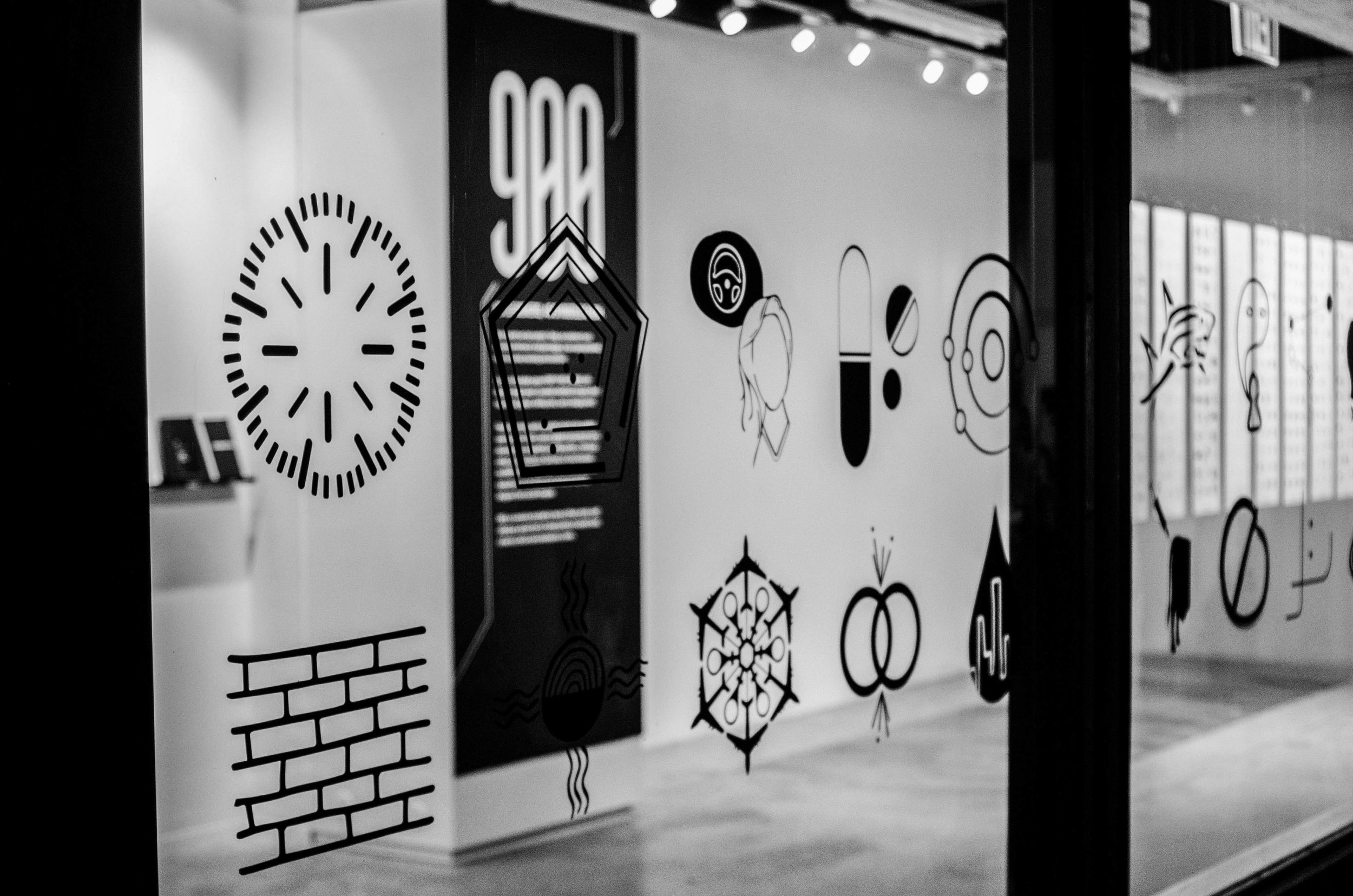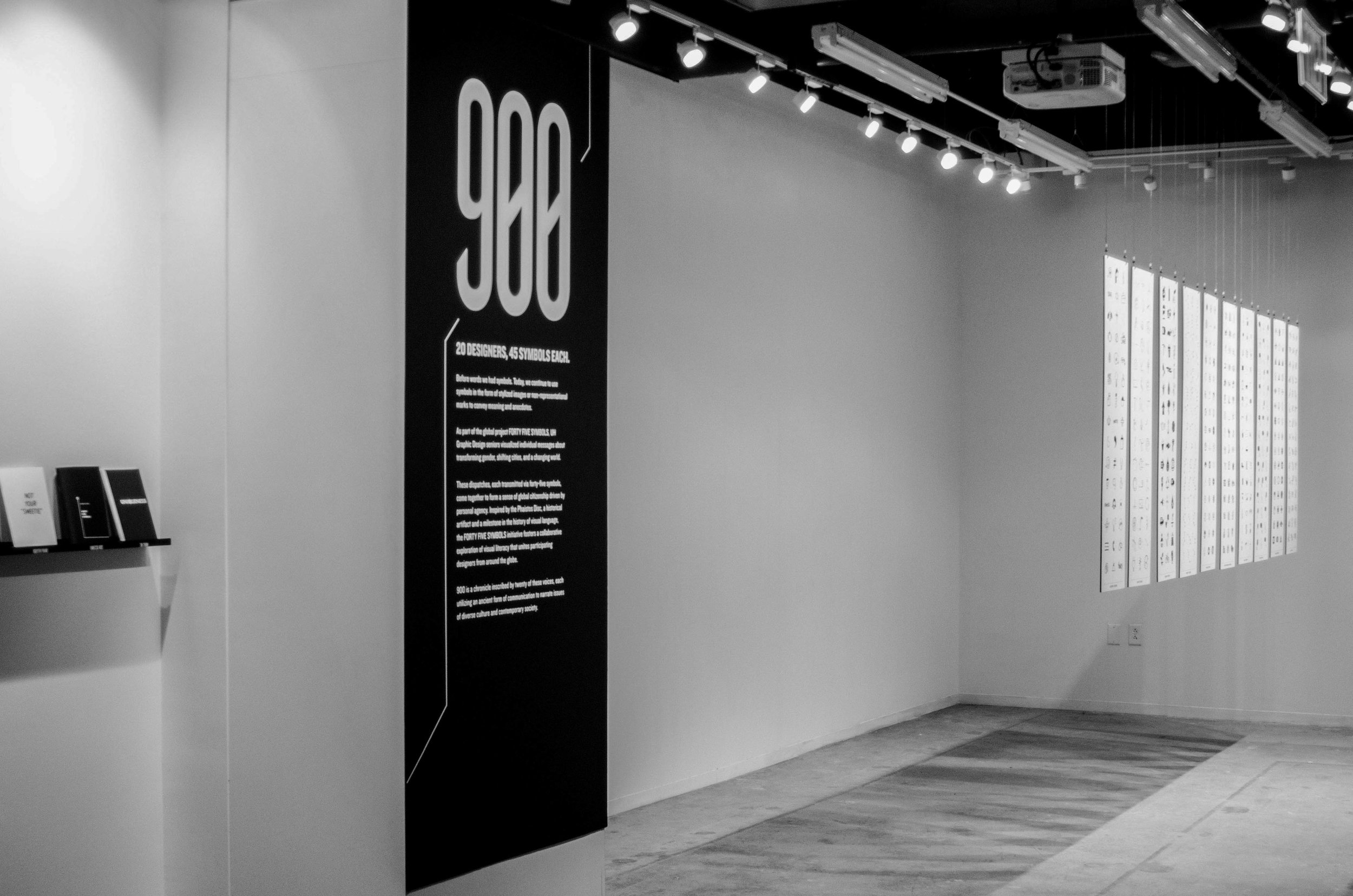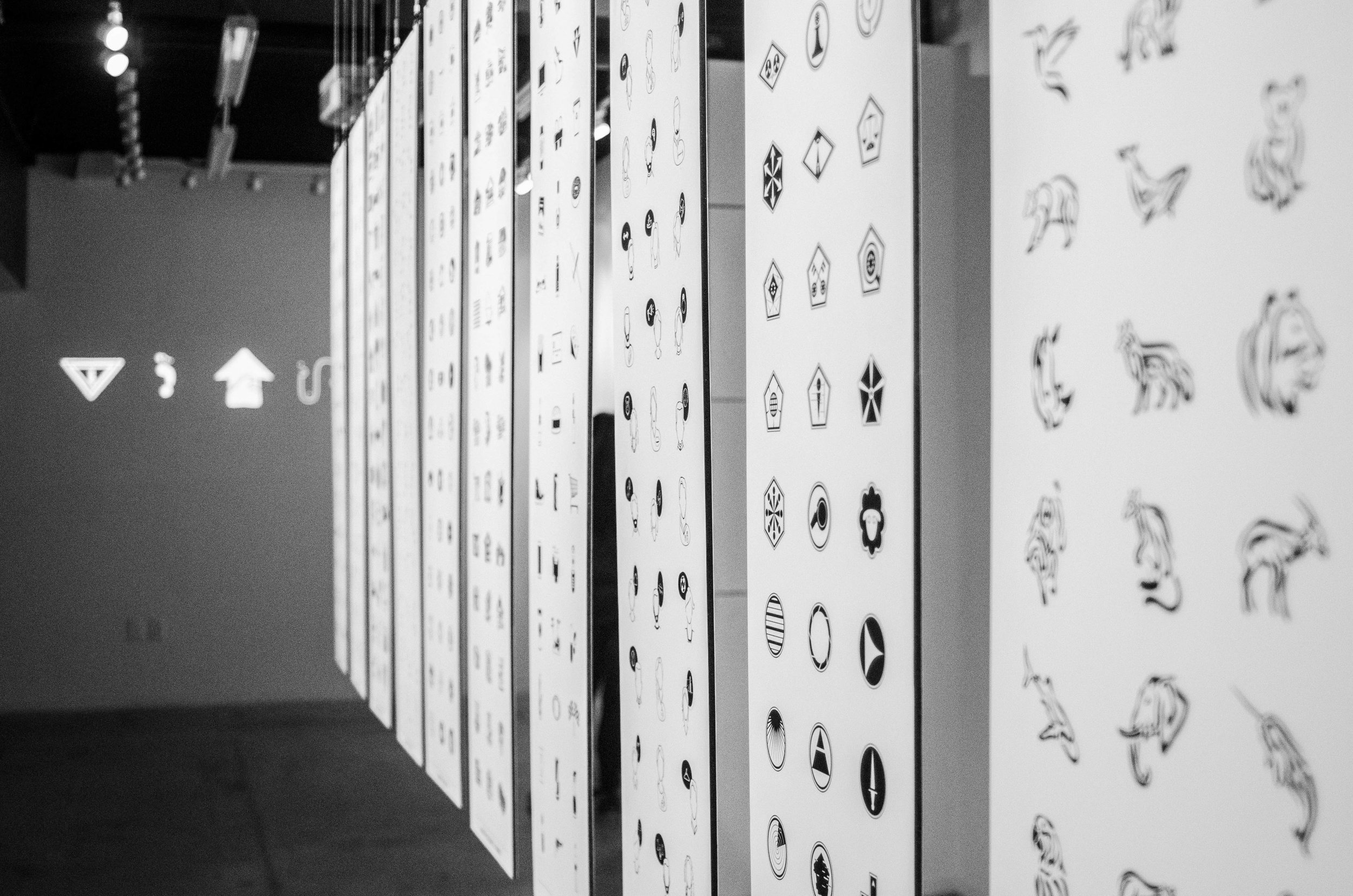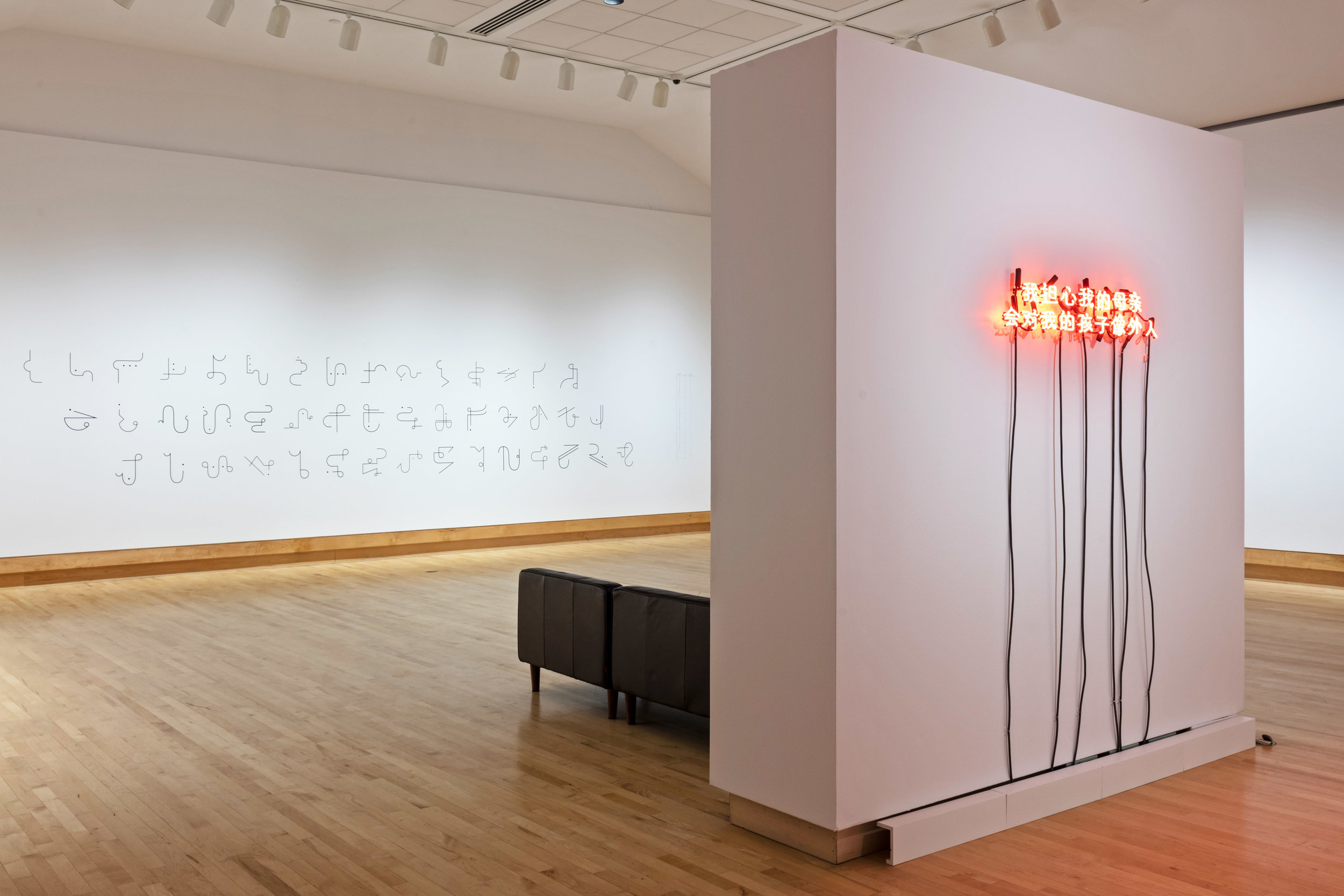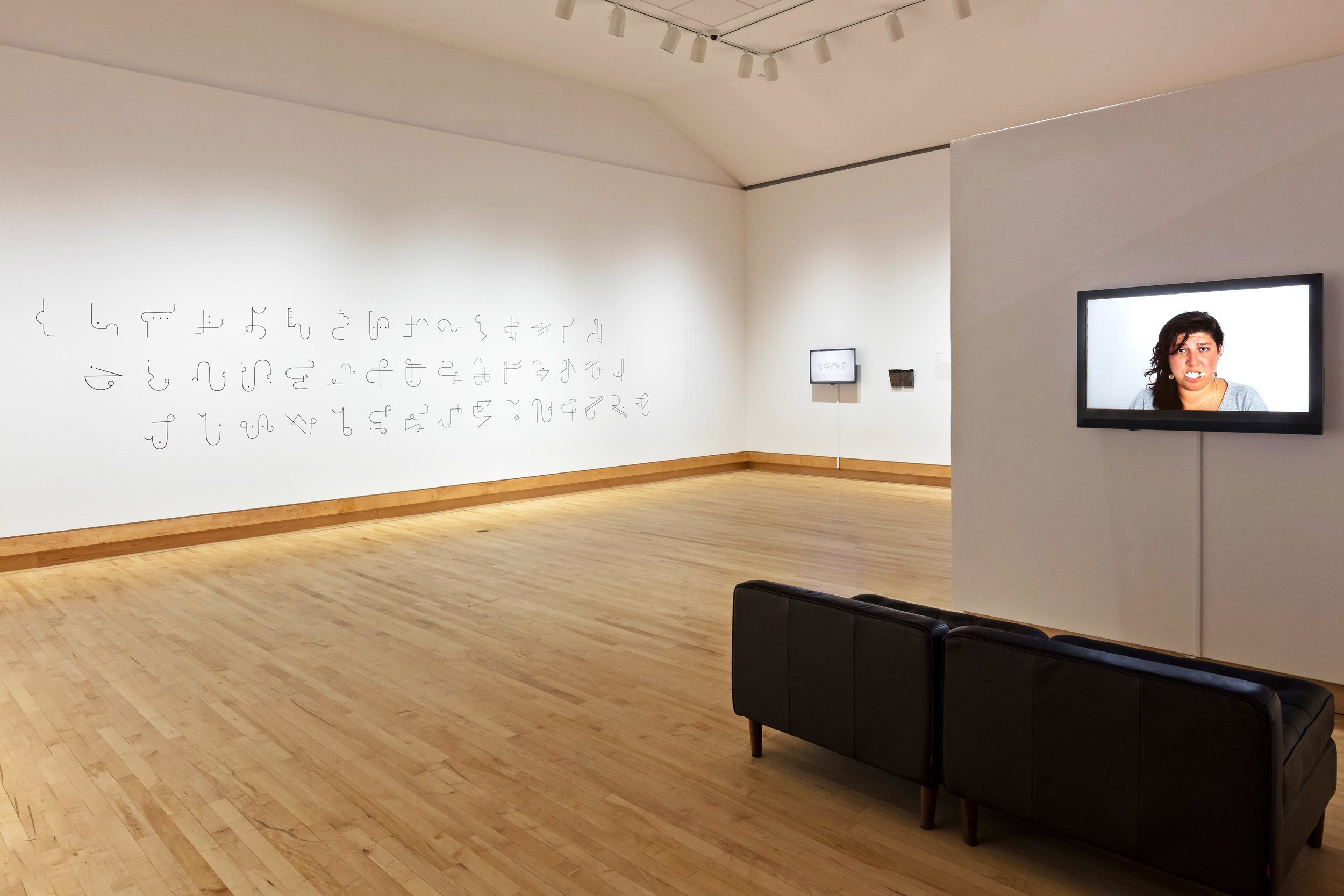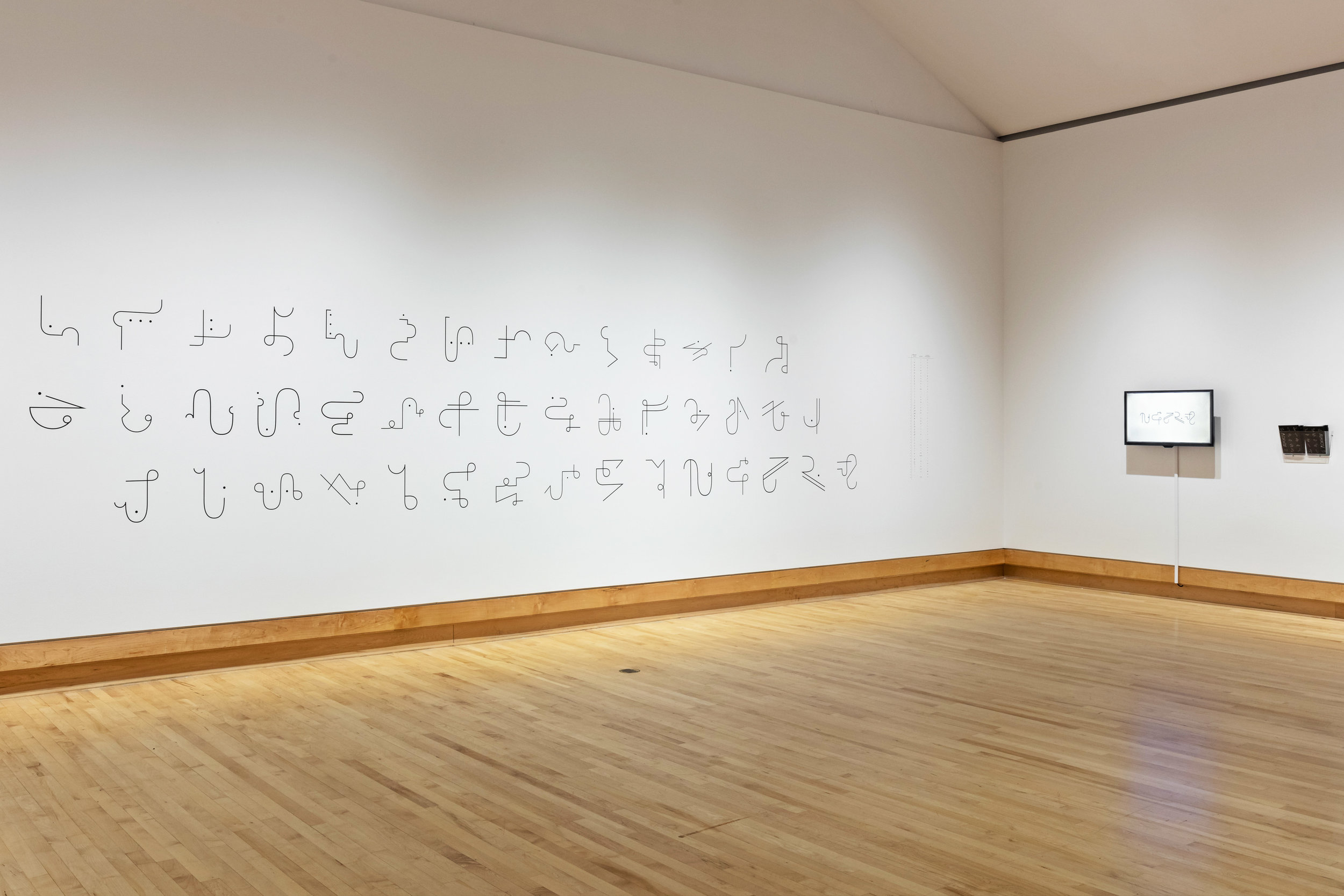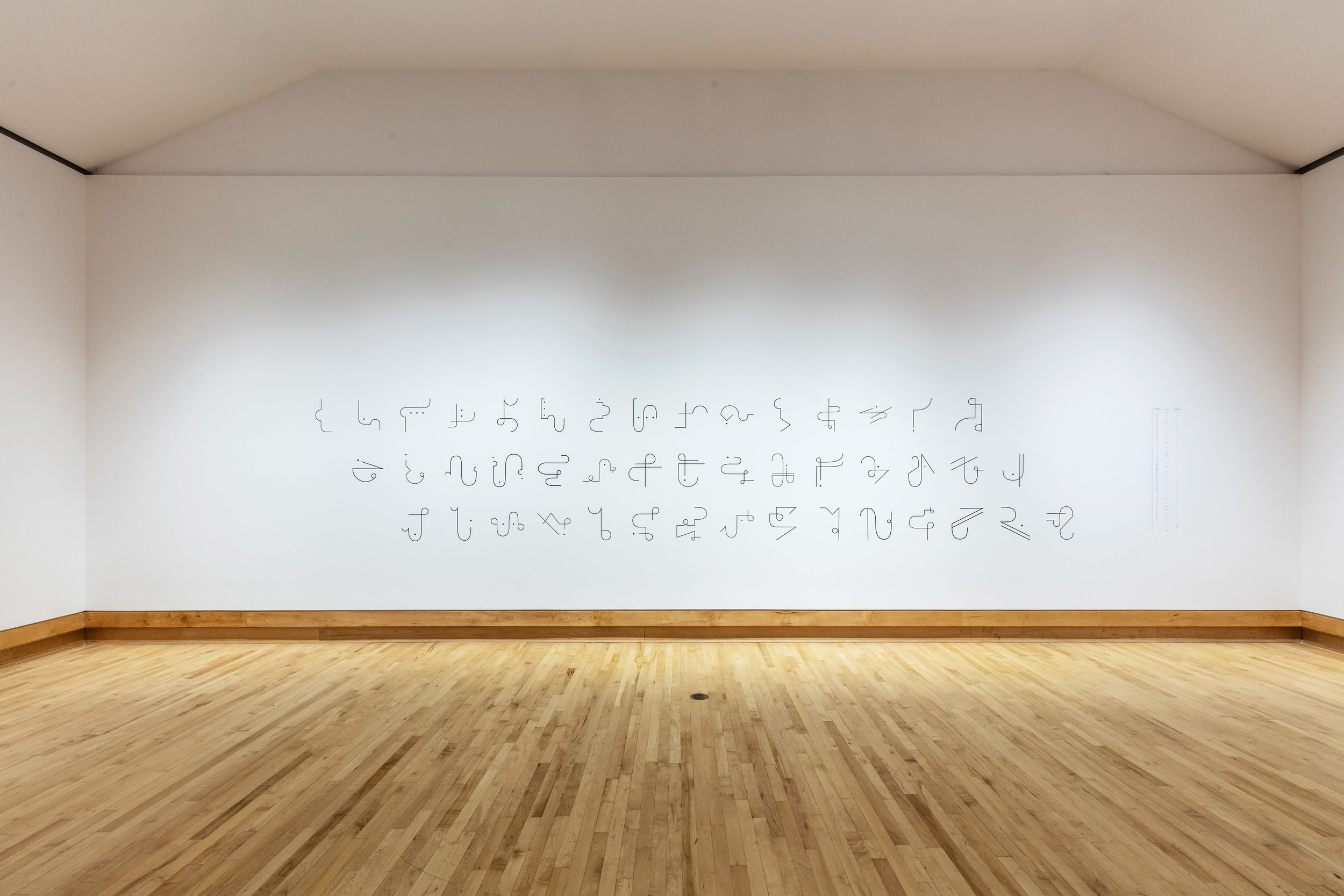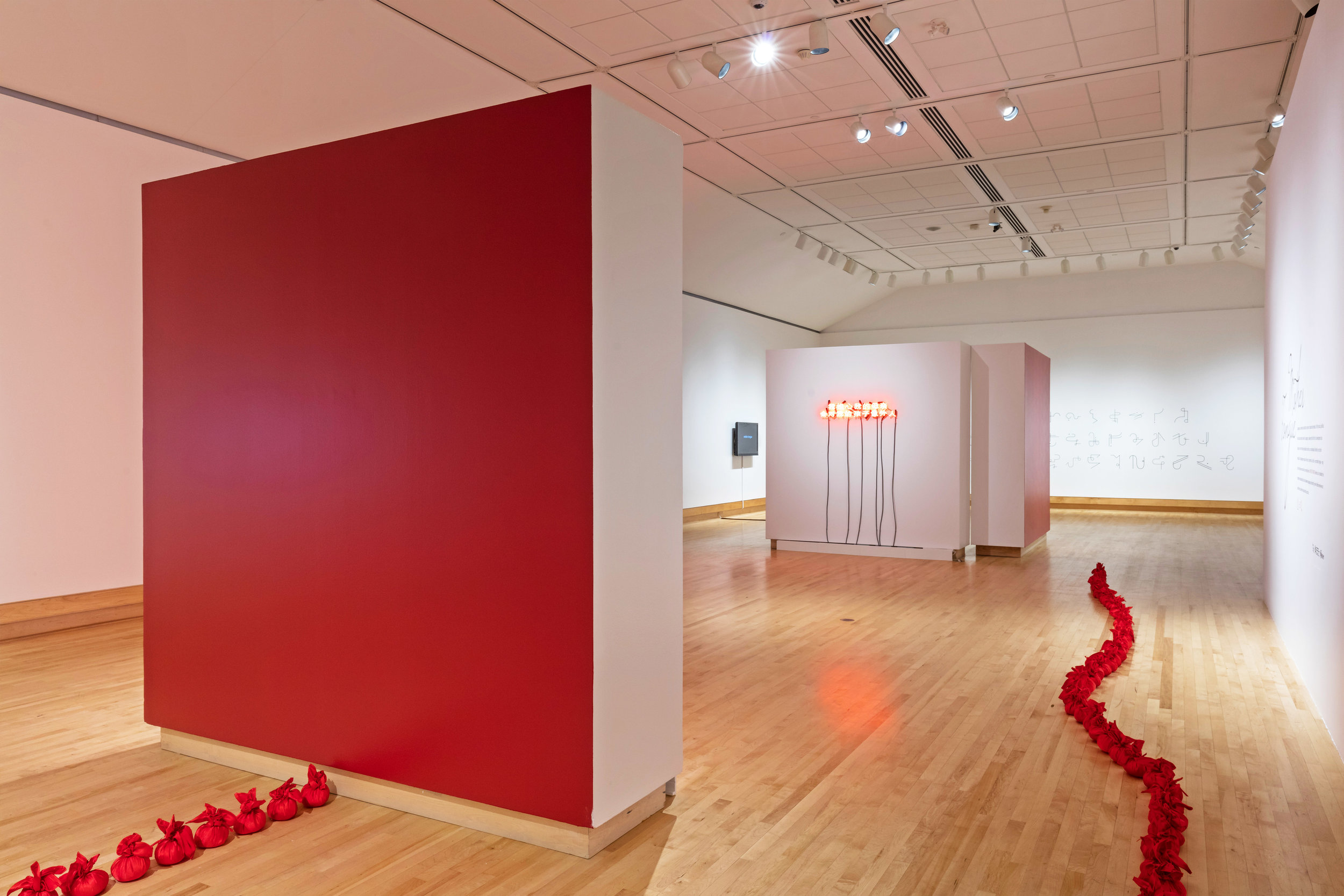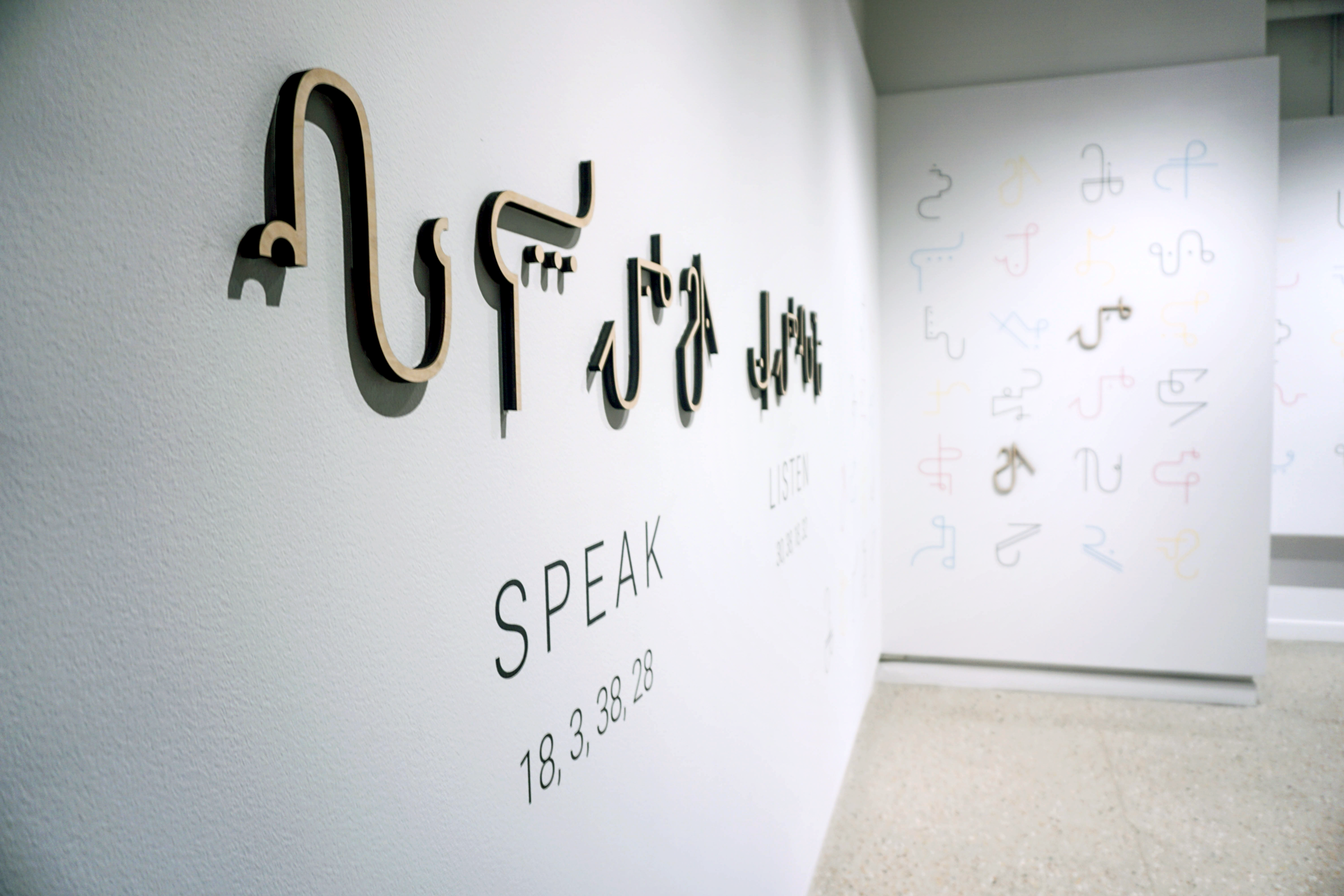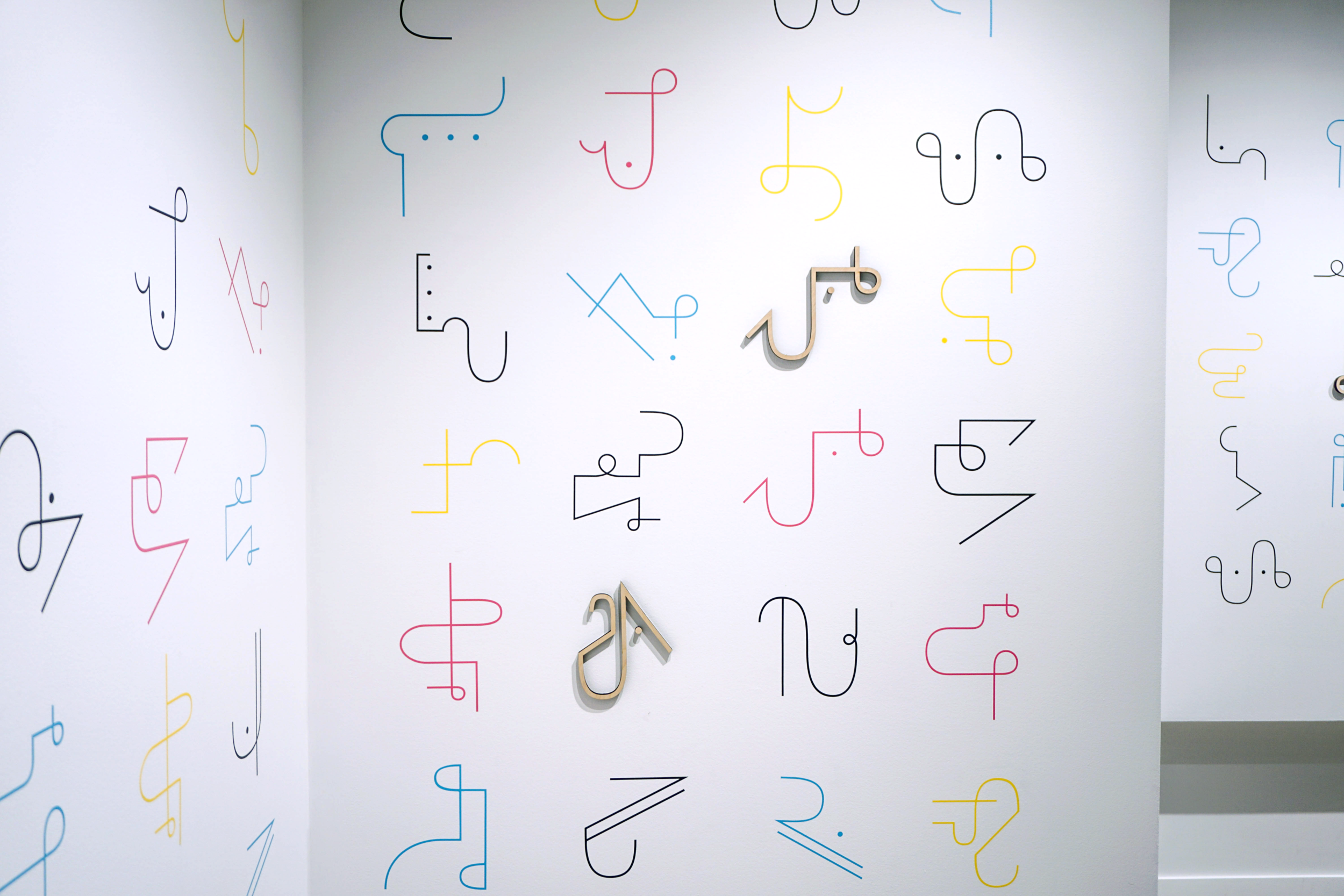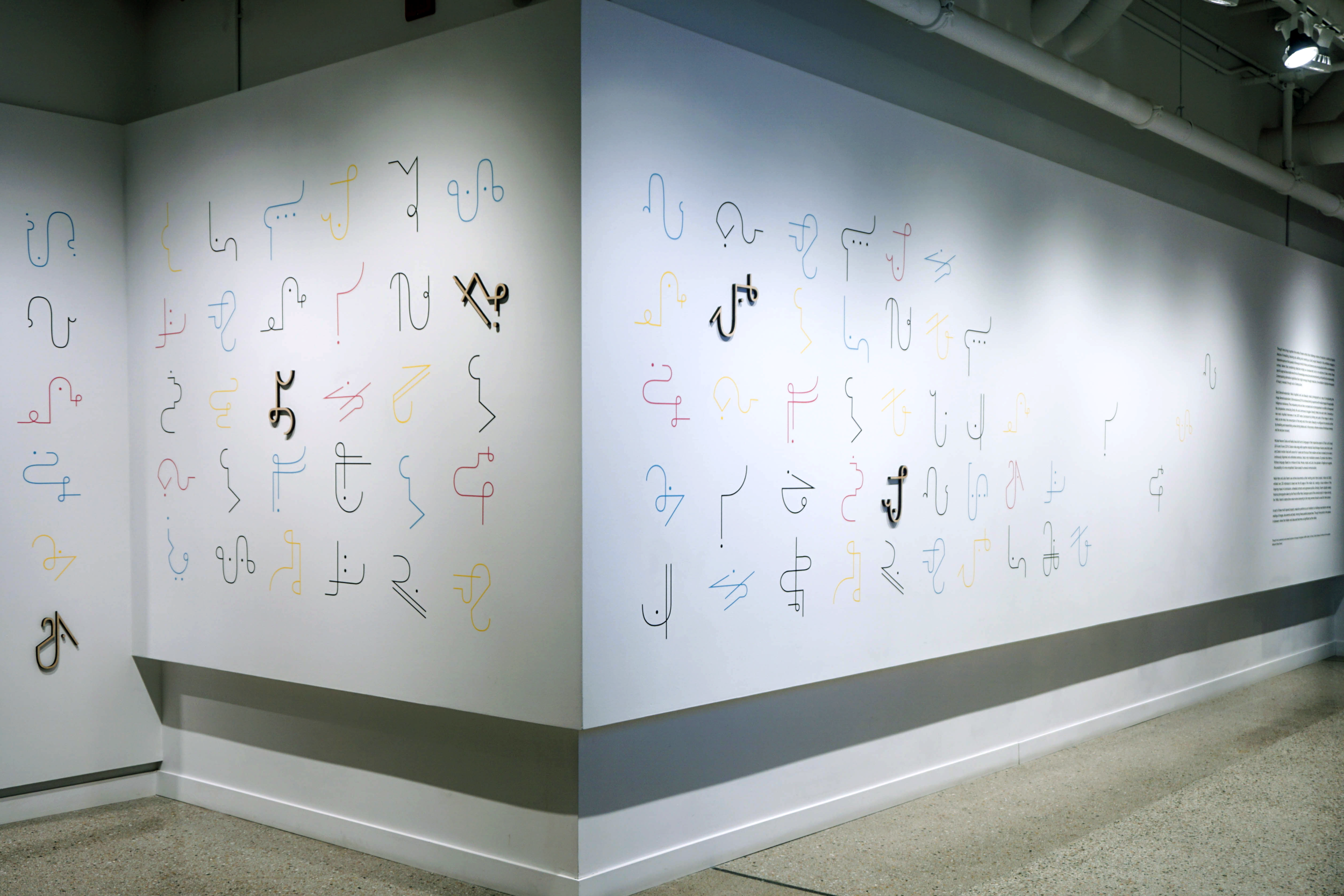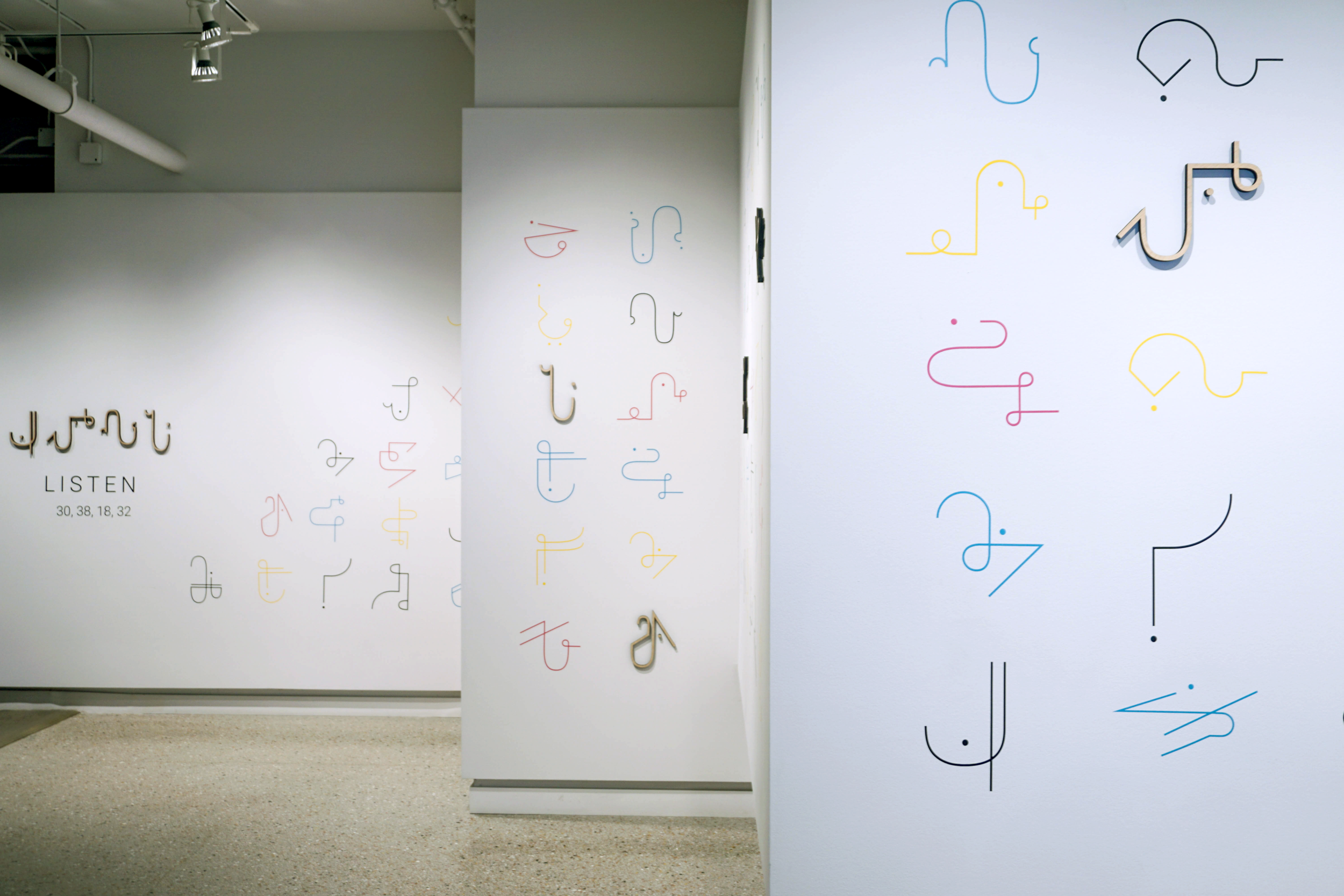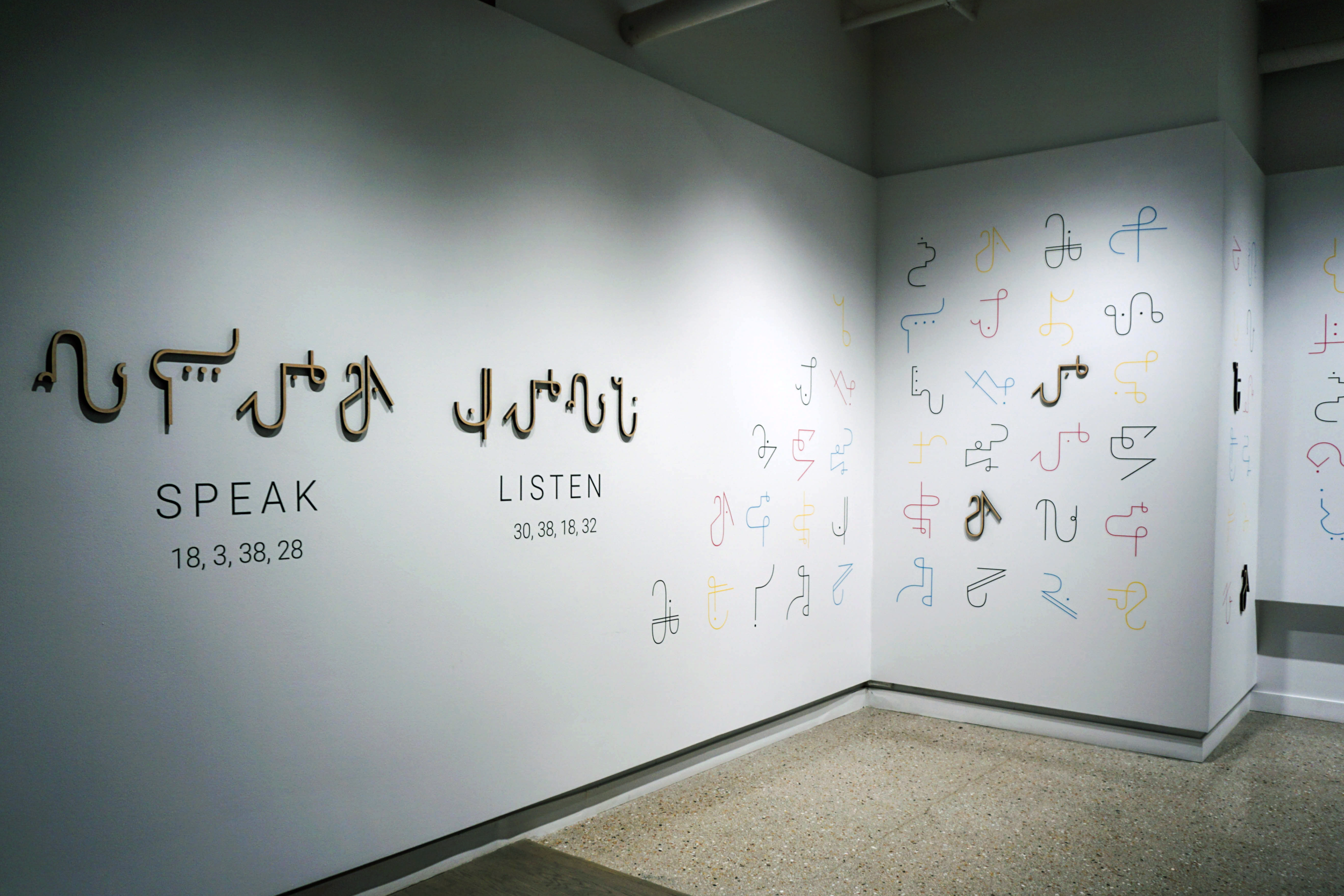/ˈLO.KWIː/
A fictitious alphabet designed to celebrate the diversity of human communication and the right of every individual to be able to express themselves freely without judgment for the language they speak.
Symbols
Experimental Alphabet
Drawing inspiration from the phonetic characteristics of spoken language, Lokwi merges Arabic, Persian, and Urdu characters with their Latin counterparts. Each character is identified using the International Phonetic Alphabet (IPA).
Acoustic adaptation is a phenomenon often apparent in songbirds: the frequencies of their songs alter depending on the level of vegetation in their habitat.
If a relationship exists between a bird’s song and the average yearly temperature, rainfall and degree of tree cover, is there also a relationship between environment and human speech?
Languages have their own unique melody, with variations in pronunciation because of distinct articulatory processes shaped by physiological and environmental factors.
Lokwi promotes the idea that as humans, we are all entitled to our own form of unencumbered communication; It is the right of every individual to be able to express themselves without being judged for the way their language sounds.
If songbirds can be celebrated for their diverse, melodious song, why can’t we?

/ˈlo.kwiː/ was initially created as an entry for The Phaistos Project-Forty-five Symbols, an international design competition for post-secondary graphic design students. It was selected as 1 of 6 global winners and was featured in the traveling group exhibition in New York Design Week and TYPO Berlin. It was also published in their annual magazine.
Since then, /ˈlo.kwiː/ has been shown in multiple exhibitions globally including:
- Through Lines, Koffler Gallery, Toronto 2018
- Mother Tongue, Varley Art Gallery, Toronto 2017
- (Mus)interpreted, Daniels Spectrum, Toronto 2016
- Typo Berlin, House of World Cultures, Berlin 2016
- NYCxDESIGN, South Street Seaport, New York 2016
- 900, Third Space, Houston 2015
